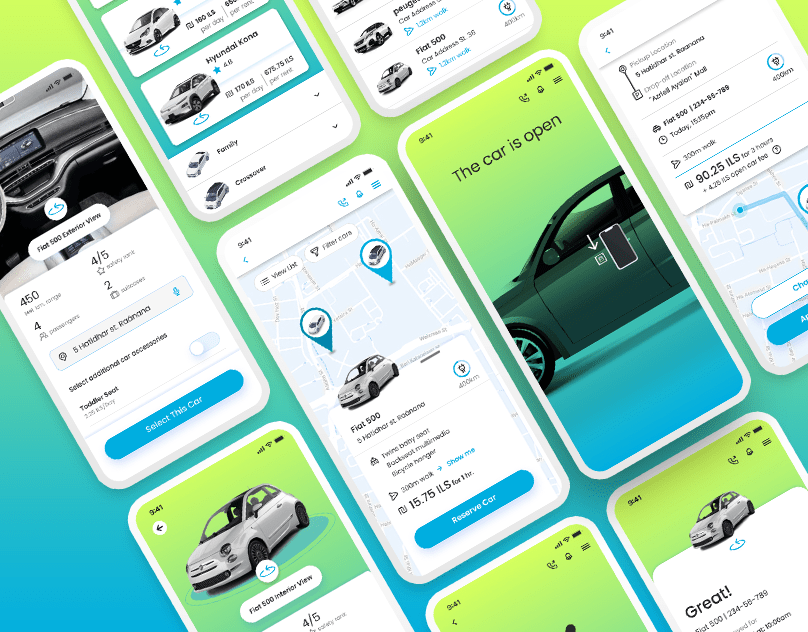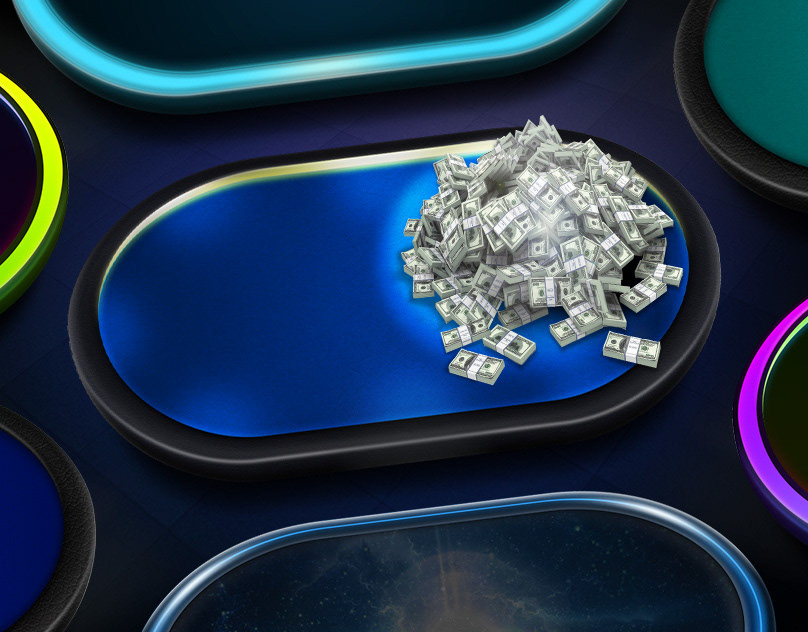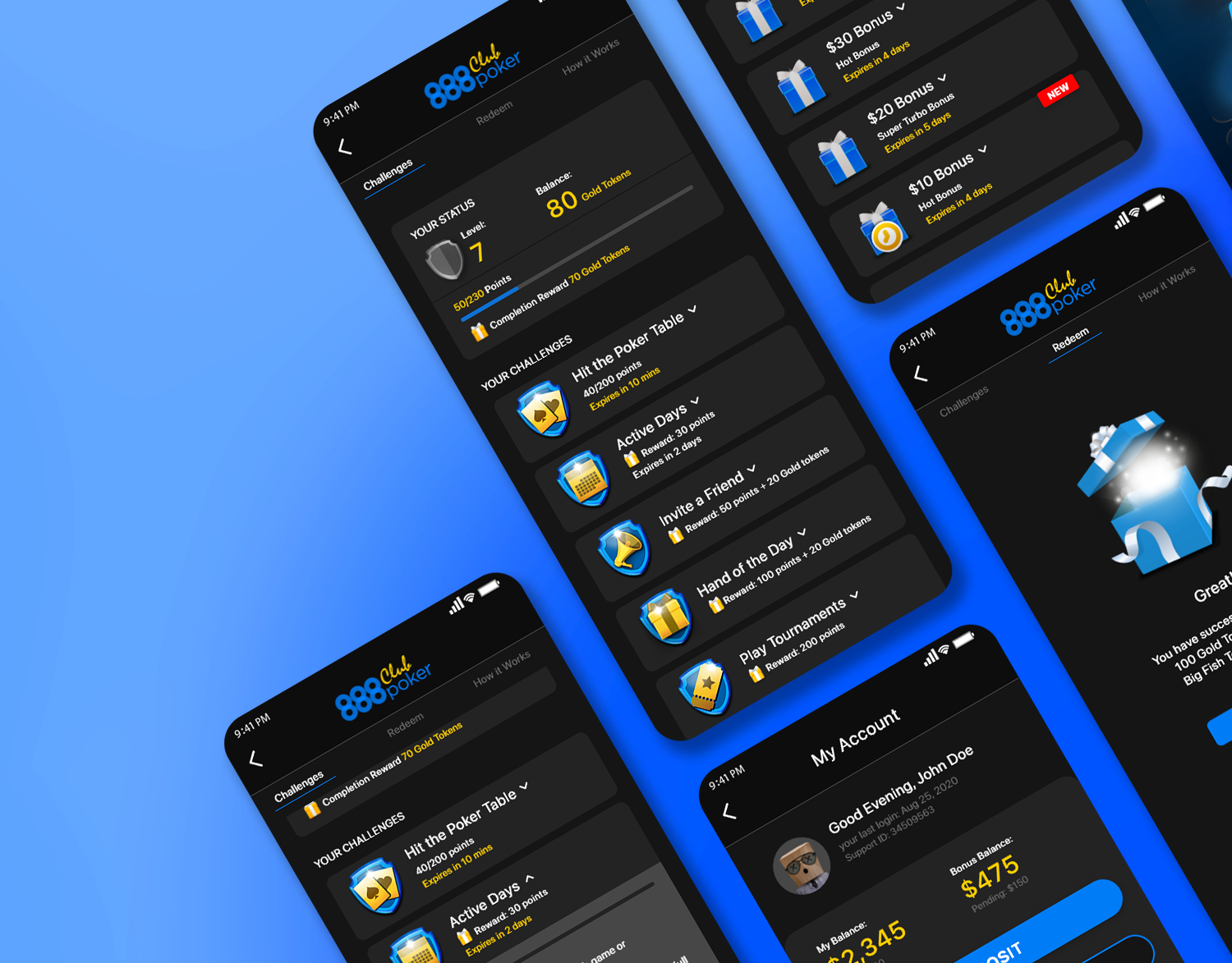Gifted gathers data from social media sites like Facebook, Instagram, and LinkedIn to make personalized recommendations.
The app. offers a variety of gifts, including gift cards, subscriptions, and specially curated items. The user can also buy a bundle of four curated gifts or collect money with friends to purchase a shared gift.
Gifted keeps track of the gifts you've given and received, and it improves its suggestions with each gift exchanged.
The app. offers a variety of gifts, including gift cards, subscriptions, and specially curated items. The user can also buy a bundle of four curated gifts or collect money with friends to purchase a shared gift.
Gifted keeps track of the gifts you've given and received, and it improves its suggestions with each gift exchanged.
My roles in the project
Why did I this
I was having a tough time trying to come up with gift ideas for my loved ones. It's always a challenge to find something that they don't already have and that will genuinely surprise them.
So, as part of my UX design course at Netcraft Academy, I set out to create a project that would help others with the same problem.
My goal was to make the process of finding and purchasing the perfect gift as smooth and enjoyable as possible. I also wanted to provide a platform that would introduce people to new and exciting products they might not have discovered otherwise. Ultimately, I hope this project will bring joy and delight to those who use it.
So, as part of my UX design course at Netcraft Academy, I set out to create a project that would help others with the same problem.
My goal was to make the process of finding and purchasing the perfect gift as smooth and enjoyable as possible. I also wanted to provide a platform that would introduce people to new and exciting products they might not have discovered otherwise. Ultimately, I hope this project will bring joy and delight to those who use it.
The problem that bothers the most
Gifting can be a challenging task. It's tough to find the right balance between a gift that is both practical and unexpected, while also worrying about how it will be received.
As a result, it's easy to see why many people opt for more generic options like cash or gift cards, which can be convenient but lack a personal touch. Finding the perfect gift that truly captures the recipient's interests and preferences is no easy feat.
The solution I wished to execute
Create a recommender system that would be able to study people's profiles and use their social data to match them with the perfect gift based on their public interests.
I thought that this would be a great way to help people find gifts that were both thoughtful and tailored to the recipient's tastes. The system would learn to suggest the best gifts based on the people's relationships and the occasion, ensuring that every gift was truly special and meaningful.
The goals
• To create an app that is helpful, easy to use, and enjoyable for users.
• For users to see value in the app and return to buy and receive gifts.
• Focusing on making the app user-friendly and efficient.
• Allows for quick and easy selection, buying, opening, and claiming of gifts.
• Continued engagement and return use by users.
• For users to see value in the app and return to buy and receive gifts.
• Focusing on making the app user-friendly and efficient.
• Allows for quick and easy selection, buying, opening, and claiming of gifts.
• Continued engagement and return use by users.
The challenges
• Many successful gifting apps on the market
• Most people find popular gifting apps convenient
• Crack the gifting experience and refine it and offer an all-in-one solution.
• Most people find popular gifting apps convenient
• Crack the gifting experience and refine it and offer an all-in-one solution.
How does the gifting model work?
If the Gifted engine has only the basic information about the recipient, it will suggest gifts based on gender, age, and location.
If it has some social media data, it will use a combination of its diverse recommendation model and a generic gifts model to suggest gifts.
When it has access to the recipient's social media profile and information from the sender, it can offer the most diverse range of gift suggestions.
Competitive analysis
User research
Qualitative data
I interviews 6 people and asked them to tell me a story about a gift they bought online, who is it for, what was the recipient’s response and did they found any difficulties in the process.
The stories I collected helped me a lot to crack my personas and to come up with better solutions and more user flows than in my previous assumption.
The stories I collected helped me a lot to crack my personas and to come up with better solutions and more user flows than in my previous assumption.
Quantitative data
I used a questionnaire to gather information about people's behaviours and habits related to gifting.
The data collected refer to ~40 respondents.
I asked the following questions in my questionnaire »
The data collected refer to ~40 respondents.
I asked the following questions in my questionnaire »
Pain points of giving a gift
1. The abundance of options for virtual gifts can be overwhelming, making it hard for senders to know which one will be useful and enjoyable for the recipient.
2. It can be difficult to find a gift that matches the sender's budget.
3. There is a lack of diverse options available.
4. Physical gifts are often seen as more personal and respected, while digital gifts may be perceived as being for someone who has everything.
2. It can be difficult to find a gift that matches the sender's budget.
3. There is a lack of diverse options available.
4. Physical gifts are often seen as more personal and respected, while digital gifts may be perceived as being for someone who has everything.
Pain points of accepting a gift
1. Some people find the gift-claiming process to be clumsy and slow.
2. If there is a low balance remaining on a gift card, it may require an extra purchase to use it, which can be frustrating. Or if the balance couldn’t be claimed they experience it as fraud.
3. Some people may forget to claim their gift.
4. To address these issues, users may exchange it for a different gift if possible, or try to transfer the gift to someone else.
2. If there is a low balance remaining on a gift card, it may require an extra purchase to use it, which can be frustrating. Or if the balance couldn’t be claimed they experience it as fraud.
3. Some people may forget to claim their gift.
4. To address these issues, users may exchange it for a different gift if possible, or try to transfer the gift to someone else.
”Even if I knew the person I wasn't sure which gift will do him good, that's why I rather give money”
”The idea of the present that it remains as a memory, or provides a certain experience, if possible I would prefer to pick something unique”
”The person can pick his own gift, less headache”
Research conclusions
Through my interviews, I found that people often like to send both physical items and gift cards as gifts. As a result, I created a gift bundle option that allows the sender to include a selection of curated gifts in a single package for a wider variety.
In addition, I should design a flow for users that claimed a gift and remained with an unused balance and offer them to merge the present with a similar one or to replace the remaining amount with another.
Group gifting, where multiple people contribute towards a gift for a single recipient, is a common occurrence, especially among colleagues. Therefore, I added a feature to the application that enables users to contribute and pool funds for group gifting.
Selecting a gift
The recommended list is divided into four sections: physical gifts, bundles, gift cards and subscriptions. After selecting a bundle, the user can adjust its components.
The recommended list is divided into four sections: physical gifts, bundles, gift cards and subscriptions. After selecting a bundle, the user can adjust its components.
Creating a group
The process of adding a new member to a shared gift group and viewing the group's collecting status.
Combine similar gifts
By using this feature, the user can combine remnant amounts of used gift cards into one. A user can change the remained amount into another gift card if there are different kinds of gift cards.
By using this feature, the user can combine remnant amounts of used gift cards into one. A user can change the remained amount into another gift card if there are different kinds of gift cards.
User flow demo
How to measure success
I've been testing the prototype with several users and so far, the feedback has been overwhelmingly positive. However, I know that to truly understand how well the prototype works and where it can be improved, I need to conduct more thorough user testing. To do this, I plan to use a set of specific metrics to evaluate the prototype's performance and gather insights from the users. This way, I can ensure that the final product is as effective and user-friendly as possible.
The KPI
1. 5-star review rates, net promoter score, and user satisfaction rating.
2. Average session length/ frequency and conversions rate.
3. Task completion rate.
4. Returning users rate and churn rate.
2. Average session length/ frequency and conversions rate.
3. Task completion rate.
4. Returning users rate and churn rate.
As a result of testing, I learned that the gift wizard process is too long, and I should add an option to make the gifting process much faster for returning gift events.
A familiar gift recipient
This is a quick gift assistant for a regular contact that the model has learned, so the process is much faster.
This is a quick gift assistant for a regular contact that the model has learned, so the process is much faster.
Design Process
Designing the main screen
Having completed the user research, I began designing the main screen, which contains notifications and valuable Call to Action. After testing the designs with users, I did iterations based on feedback to ensure the final design was intuitive and effective in achieving the desired user actions.
Designing the gifting process
The main challenge of this screen is that it is part of the gifting process, in which the user provides all necessary recipient data and approves it. Because I wanted the process to be as quick and effective as possible, I made many tests and iterations. I added a step in the final mockup after I learned that selecting the recipient from the contact list is an essential stage in the user mental model.
Designing the personal greeting card
This screen was also challenging to design because, in the initial design prototype, I created it as a four steps wizard. After I tested it with users I discovered that it is too long, especially after the gifting phase is over. I revised the design into two steps only after I discovered that most users skipped the media attachment phase.
Design Strategy
A bold purple and orange colour scheme were chosen to create a unique and celebratory look. The soft contrast makes it easy on the eyes and the soft balloon-like design adds a whimsical touch, creating a memorable and joyful experience.
Design Features
Unknown recipient gifting
Configuring details for a gift recipient who is unknown to the model.
Configuring details for a gift recipient who is unknown to the model.
Open a gift
Opening a new gift and viewing its contents.
Opening a new gift and viewing its contents.
Adding personal touch
Creating a greeting card and sending a gift.
Creating a greeting card and sending a gift.
That’s it!
If you‘ve made it this far you probably really liked my project.
I would really appreciate any feedback you have and
it would be great to stay in touch.
If you‘ve made it this far you probably really liked my project.
I would really appreciate any feedback you have and
it would be great to stay in touch.


